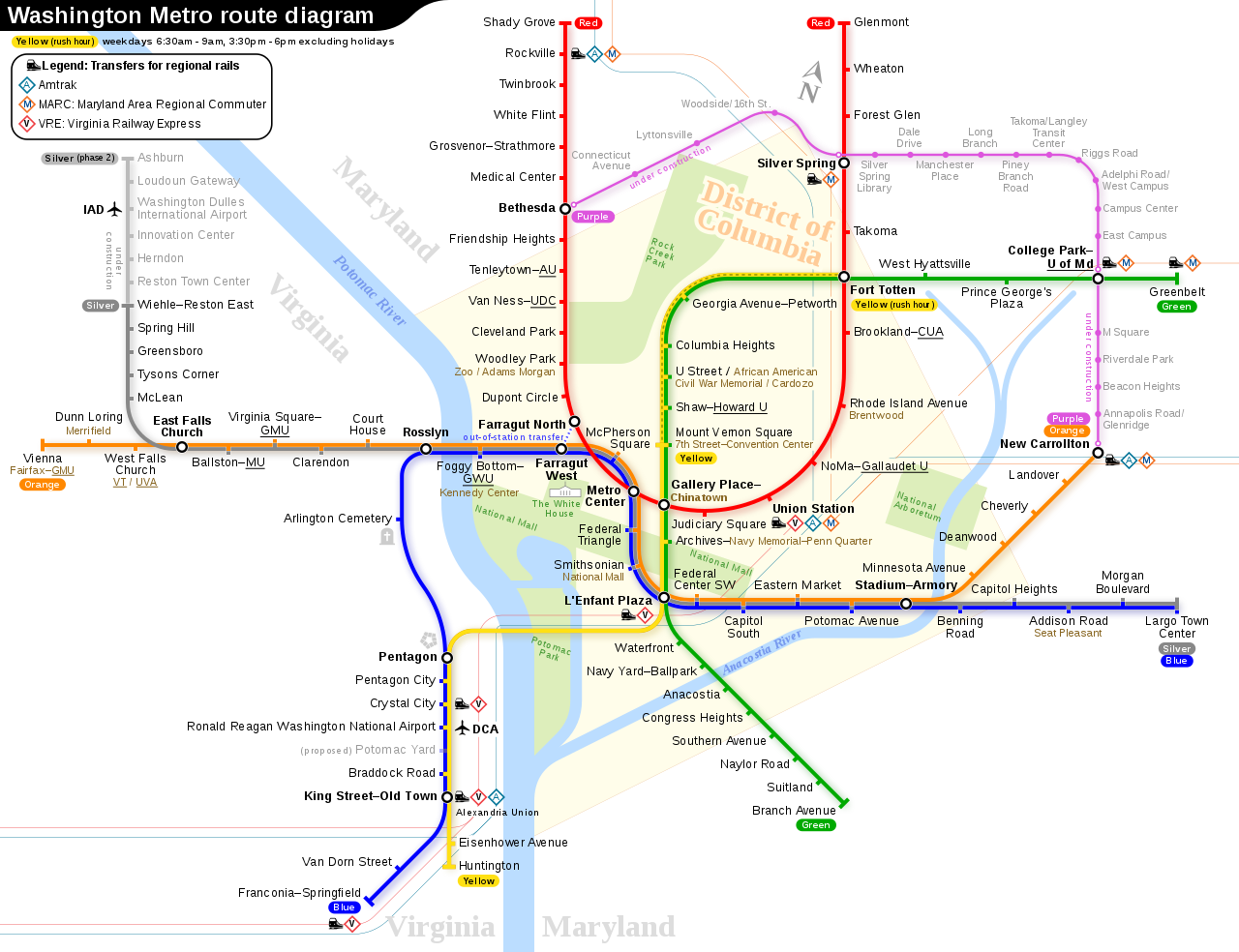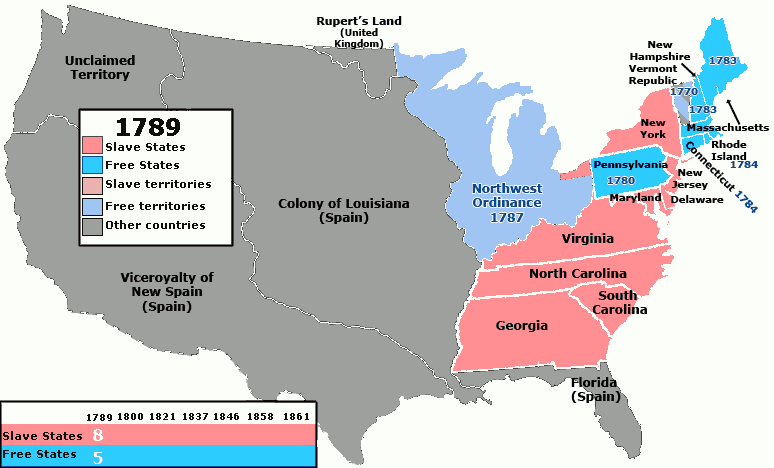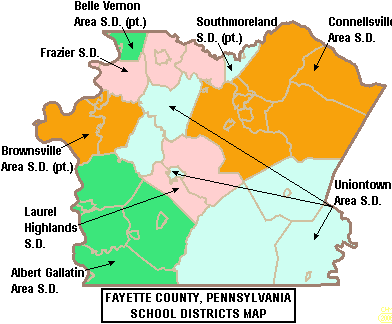|
Margaret Hutton
Margaret Hutton (née Goe; August 19, 1727 – c1797) was an early settler colonist in southwestern Pennsylvania and the largest enslaver in the state at the time of the first federal census. Hutton registered nine people as lifetime slaves in 1780 and sixteen children as term slaves between 1788 and her death in 1797. Her 1795 last will and testament identified twenty-six enslaved people by name. All told, Hutton enslaved at least thirty-six people during her lifetime.Burroughs, pp. 320-321 Early life and family Margaret Goe was born on August 19, 1727, in Prince George's County, Maryland, to William Goe and Mary Boyd. She married Richard Hutton and the couple had a daughter they named Mary. When Richard died in 1772, he bequeathed to Mary a boy named Edward Simpson and a girl named Hannah. When Mary Hutton married Hezekiah Magruder, Mary and Edward became his property under the law of coverture. The Goes, Huttons, and Magruders moved to southwestern Pennsylvania in 1773, s ... [...More Info...] [...Related Items...] OR: [Wikipedia] [Google] [Baidu] |
Prince George's County, Maryland
) , demonym = Prince Georgian , ZIP codes = 20607–20774 , area codes = 240, 301 , founded date = April 23 , founded year = 1696 , named for = Prince George of Denmark , leader_title = Executive , leader_name = Angela D. Alsobrooks ( D) , seat wl = Upper Marlboro , largest city wl = Bowie , area_total_sq_mi = 499 , area_land_sq_mi = 483 , area_water_sq_mi = 16 , area percentage = 3.2 , census yr = 2020 , pop = 967201 , pop_est_as_of = 2021 , population_est = , density_sq_mi = 1900 , district = 4th , district2 = 5th , time zone = Eastern , web = www.princegeorgescountymd.gov Prince George's County (often shortened to PG County) is a county located in the U.S. state of Maryland bordering the eastern portion of Washington, D.C. As of the 2020 U.S. census, the population was 967,201, making it the second-most populous county in Maryland, behind Montgomery County. The 2020 census counted an increase of nearly 104,000 in the previous ten years. Its cou ... [...More Info...] [...Related Items...] OR: [Wikipedia] [Google] [Baidu] |
Washington Township, Fayette County, Pennsylvania
Washington Township is a township in Fayette County, Pennsylvania, United States. The population was 3,889 at the 2020 census, down from 3,902 at the 2010 census. Arnold City, Fairhope, Lynnwood, Gillespie, Naomi and Brownstown are communities in the township. History A significant part of the prehistory of Washington Township is the Locus 7 Site, located north of Fayette City, where it is believed that members of the Monongahela tribe may have lived as far back as AD 600. Washington Township is an original Fayette County township, created from Rostraver Township when Fayette County was erected from Westmoreland County in 1783. It originally included Perry and Jefferson townships. Washington Township's most prominent historical figure is Colonel Edward Cook. Settling in what was then Westmoreland County, he was granted ... [...More Info...] [...Related Items...] OR: [Wikipedia] [Google] [Baidu] |
Née
A birth name is the name of a person given upon birth. The term may be applied to the surname, the given name, or the entire name. Where births are required to be officially registered, the entire name entered onto a birth certificate or birth register may by that fact alone become the person's legal name. The assumption in the Western world is often that the name from birth (or perhaps from baptism or ''brit milah'') will persist to adulthood in the normal course of affairs—either throughout life or until marriage. Some possible changes concern middle names, diminutive forms, changes relating to parental status (due to one's parents' divorce or adoption by different parents). Matters are very different in some cultures in which a birth name is for childhood only, rather than for life. Maiden and married names The French and English-adopted terms née and né (; , ) denote an original surname at birth. The term ''née'', having feminine grammatical gender, can be u ... [...More Info...] [...Related Items...] OR: [Wikipedia] [Google] [Baidu] |
Settler Colonialism
Settler colonialism is a structure that perpetuates the elimination of Indigenous people and cultures to replace them with a settler society. Some, but not all, scholars argue that settler colonialism is inherently genocidal. It may be enacted by a variety of means ranging from violent depopulation of the previous inhabitants to less deadly means such as assimilation or recognition of Indigenous identity within a colonial framework. As with all forms of colonialism, it is based on exogenous domination, typically organized or supported by an imperial authority. Settler colonialism contrasts with exploitation colonialism, which entails a economic policy of conquering territory to exploit its population as cheap or free labor and its natural resources as raw material. In this way, settler colonialism lasts indefinitely, except in the rare event of complete evacuation or settler decolonization. Political theorist Mahmoud Mamdani suggested that settlers could never succeed in th ... [...More Info...] [...Related Items...] OR: [Wikipedia] [Google] [Baidu] |
Slavery In The United States
The legal institution of human Slavery#Chattel slavery, chattel slavery, comprising the enslavement primarily of List of ethnic groups of Africa, Africans and African Americans, was prevalent in the United States, United States of America from its founding in 1776 until 1865, predominantly in the Southern United States, South. Slavery was established throughout European colonization of the Americas, European colonization in the Americas. From 1526, during early Slavery in the colonial history of the United States, colonial days, it was practiced in what became British America, Britain's colonies, including the Thirteen Colonies that formed the United States. Under the law, an enslaved person was treated as property that could be bought, sold, or given away. Slavery lasted in about half of U.S. states until Thirteenth Amendment to the United States Constitution, abolition. In the decades after the end of Reconstruction era, Reconstruction, many of slavery's economic and soci ... [...More Info...] [...Related Items...] OR: [Wikipedia] [Google] [Baidu] |
Coverture
Coverture (sometimes spelled couverture) was a legal doctrine in the English common law in which a married woman's legal existence was considered to be merged with that of her husband, so that she had no independent legal existence of her own. Upon marriage, coverture provided that a woman became a , whose legal rights and obligations were mostly subsumed by those of her husband. An unmarried woman, or , had the right to own property and make contracts in her own name. Coverture was well established in the common law for several centuries and was inherited by many other common law jurisdictions, including the United States. According to historian Arianne Chernock, coverture did not apply in Scotland, but whether it applied in Wales is unclear. After the rise of the women's rights movement in the mid-19th century, coverture was increasingly criticised as oppressive, hindering women from exercising ordinary property rights and entering professions. Coverture was first substanti ... [...More Info...] [...Related Items...] OR: [Wikipedia] [Google] [Baidu] |
Redstone Creek (Pennsylvania)
Redstone Creek is a historically important widemouthed canoe and river boat-navigable brook-sized tributary stream of the Monongahela River in Fayette County, Pennsylvania. The creek is long,U.S. Geological Survey. National Hydrography Dataset high-resolution flowline dataThe National Map accessed August 15, 2011 running from headwaters on Chestnut Ridge north through the city of Uniontown and reaching the Monongahela at Brownsville. Located in a 1/4-mile-wide valley with low streambanks, the site was ideal for ship building in a region geologically most often characterized by steep-plunging relatively inaccessible banks — wide enough to launch and float several large boats, and indeed steamboats after 1811, and slow-moving enough to provide good docks and parking places while craft were outfitting. Brownsville, at the mouth of Redstone Creek, was an important center for boat-building, including the manufacture of paddlewheel steamboats that traveled as far as New Orleans, a ... [...More Info...] [...Related Items...] OR: [Wikipedia] [Google] [Baidu] |
Fayette County, Pennsylvania
Fayette County is a county in the Commonwealth of Pennsylvania. It is located in southwestern Pennsylvania, adjacent to Maryland and West Virginia. As of the 2020 census, the population was 128,804. Its county seat is Uniontown. The county was created on September 26, 1783, from part of Westmoreland County and named after the Marquis de Lafayette. Fayette County is part of the Pittsburgh, PA Metropolitan Statistical Area. The southern border of Fayette County is the southern border of Pennsylvania at both the Pennsylvania–Maryland state line (the Mason–Dixon line) and the Pennsylvania–West Virginia state line. History The first Europeans in Fayette County were explorers, who had used an ancient American Indian trail that bisected the county on their journey across the Appalachian Mountains. In 1754, when control of the area was still in dispute between France and Great Britain, 22-year-old George Washington fought against the French at the Battle of Jumonville Gle ... [...More Info...] [...Related Items...] OR: [Wikipedia] [Google] [Baidu] |
Genealogy
Genealogy () is the study of families, family history, and the tracing of their lineages. Genealogists use oral interviews, historical records, genetic analysis, and other records to obtain information about a family and to demonstrate kinship and pedigrees of its members. The results are often displayed in charts or written as narratives. The field of family history is broader than genealogy, and covers not just lineage but also family and community history and biography. The record of genealogical work may be presented as a "genealogy", a "family history", or a " family tree". In the narrow sense, a "genealogy" or a "family tree" traces the descendants of one person, whereas a "family history" traces the ancestors of one person, but the terms are often used interchangeably. A family history may include additional biographical information, family traditions, and the like. The pursuit of family history and origins tends to be shaped by several motives, including the desire ... [...More Info...] [...Related Items...] OR: [Wikipedia] [Google] [Baidu] |
Manumission
Manumission, or enfranchisement, is the act of freeing enslaved people by their enslavers. Different approaches to manumission were developed, each specific to the time and place of a particular society. Historian Verene Shepherd states that the most widely used term is gratuitous manumission, "the conferment of freedom on the enslaved by enslavers before the end of the slave system". The motivations for manumission were complex and varied. Firstly, it may present itself as a sentimental and benevolent gesture. One typical scenario was the freeing in the master's will of a devoted servant after long years of service. A trusted bailiff might be manumitted as a gesture of gratitude. For those working as agricultural laborers or in workshops, there was little likelihood of being so noticed. In general, it was more common for older slaves to be given freedom. Legislation under the early Roman Empire put limits on the number of slaves that could be freed in wills (''lex Fufia Ca ... [...More Info...] [...Related Items...] OR: [Wikipedia] [Google] [Baidu] |
Monongahela Valley
The Monongahela River ( , )—often referred to locally as the Mon ()—is a U.S. Geological Survey. National Hydrography Dataset high-resolution flowline dataThe National Map accessed August 15, 2011 river on the Allegheny Plateau in north-central West Virginia and Southwestern Pennsylvania. The river flows from the confluence of its west and east forks in north-central West Virginia northeasterly into southwestern Pennsylvania, then northerly to Pittsburgh and its confluence with the Allegheny River to form the Ohio River. The river's entire length is navigable via a series of locks and dams. Etymology The Unami word ''Monongahela'' means "falling banks", in reference to the geological instability of the river's banks. Moravian missionary David Zeisberger (1721–1808) gave this account of the naming: "In the Indian tongue the name of this river was ''Mechmenawungihilla'' (alternatively spelled ''Menawngihella''), which signifies a high bank, which is ever washed out an ... [...More Info...] [...Related Items...] OR: [Wikipedia] [Google] [Baidu] |






